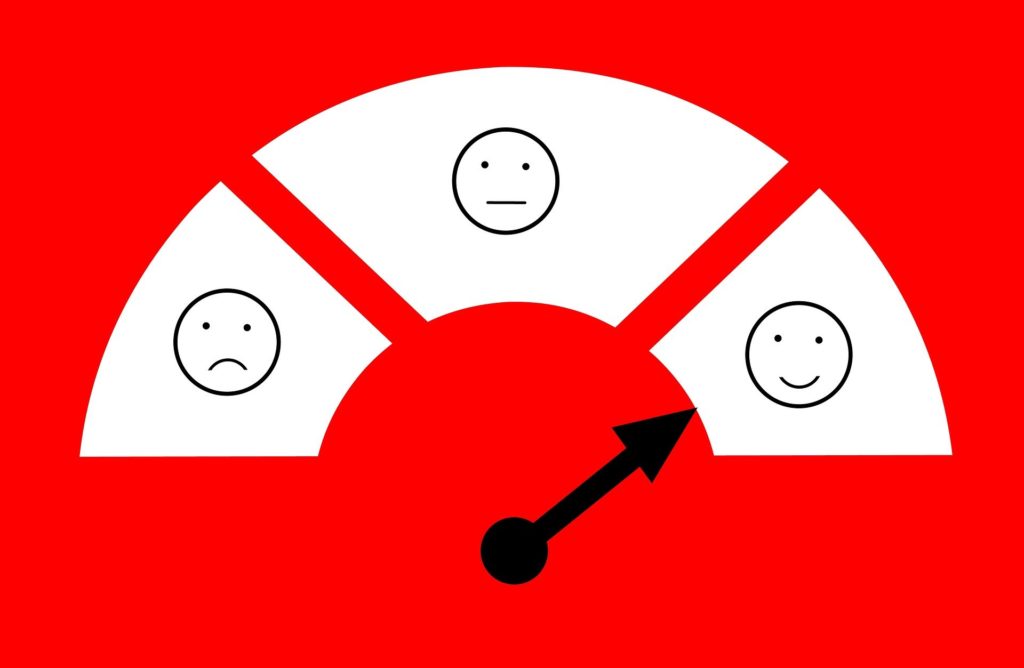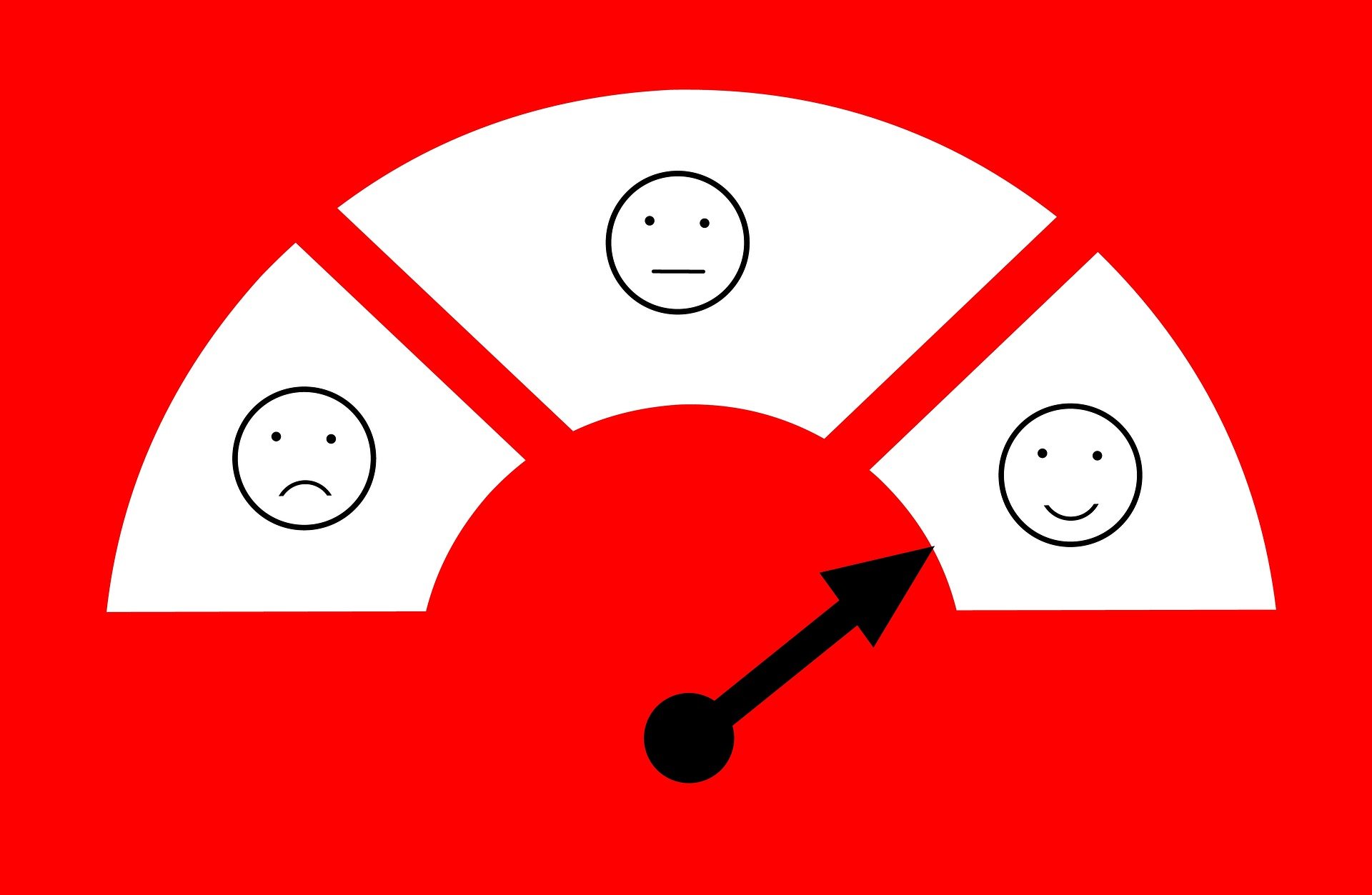Do you have the wrong clients in your law practice?

Watch the video below to see what you should do if you have the wrong clients in your law practice, and keep reading for more detail.
It’s the start of the second quarter of 2021 as I record this video, so it’s a good time to take stock of your practice and your 2021 goals and to see whether you’re making progress and what you can do in this quarter to keep them going or to get back on the right track if you’ve been derailed a bit.
Clients drive your practice. Reviewing your client list is one of the best things you can do to help your practice , but few lawyers I know do a regular review of their client list to evaluate the strength of that client or case.
We’re all familiar with the Pareto Principle, otherwise known as the 80/20 rule. That rule applies to clients as well – 80% of your effort will be expended on 20% of your clients, and 80% of your revenue will come from 20% of your clients. In other words, more clients isn’t always better. It’s better to have fewer quality, high-value clients or cases, than more lower-value cases or clients.
This quarter, I’m going to challenge you to pull out that client list and rate your clients either A, B, C, or D clients. A clients are your best clients, with your best cases; B clients are good clients with good cases; C clients are just so-so – they may be difficult to work with or have lower-value cases, and D clients are not only difficult to work with, but they have the most difficult or low-value cases in your practice.
Some characteristics you might consider include:
- How cooperative the client is
- What the value of the client’s case is
- How likely it is that you will collect your fee on the case
- Who referred the client to you – was it a great referral source, or a source that usually refers lower-value clients or matters?
If you’ve already identified some other characteristics of your best clients, you might add those into your calculation, or substitute them out for some of the ones above. For example, if collectability isn’t a problem for you because you collect fees up front, you may want to substitute something else, such as length of time you anticipate the case will last. But keep this as uncomplicated as possible; don’t add too many categories.
As you go through this exercise, think about whether those low-value clients, – especially your D clients – really belong in your practice at all. Are they distracting you from your best clients and sucking up all of your time and energy? Is their case really worth the fee? Are they likely to pay you? If not, it may be time to fire them.
Once you’ve cleaned up your existing client list, don’t stop there. Put some systems into place to periodically re-evaluate your client list to see if anything has changed, and to stop those bad clients from coming into your practice in the first place.
Ready to fire some of those “D” clients but not sure how to go about doing it? Watch for my next video! If you want to get started getting better clients right away, get a copy of my Ideal Client Workbook on the Products page.
Hear more about managing your client list by listening to the Managing Your Client List episode of the Legal Visionaries Podcast where I talk about it with Mary Vandenack. You can listen below
You can listen below:
See more posts and videos about client service:
- Improving Your Email Communication
- Use Technology To Make It Easier To Work With You
- Delegating Tasks to Technology
- Sticking to Your Communications Policies [video]
- Avoiding Unplanned Phone Calls [video]
- Handling Client Interruptions [video]
- Eliminate Interruptions: The Interruptions Log [video]
- Are Your Invoices Hurting Your Law Practice?
- Get Paid Faster: Proactively Communicate with Clients [video]
- Tools to Communicate with Clients About Fees [video]




